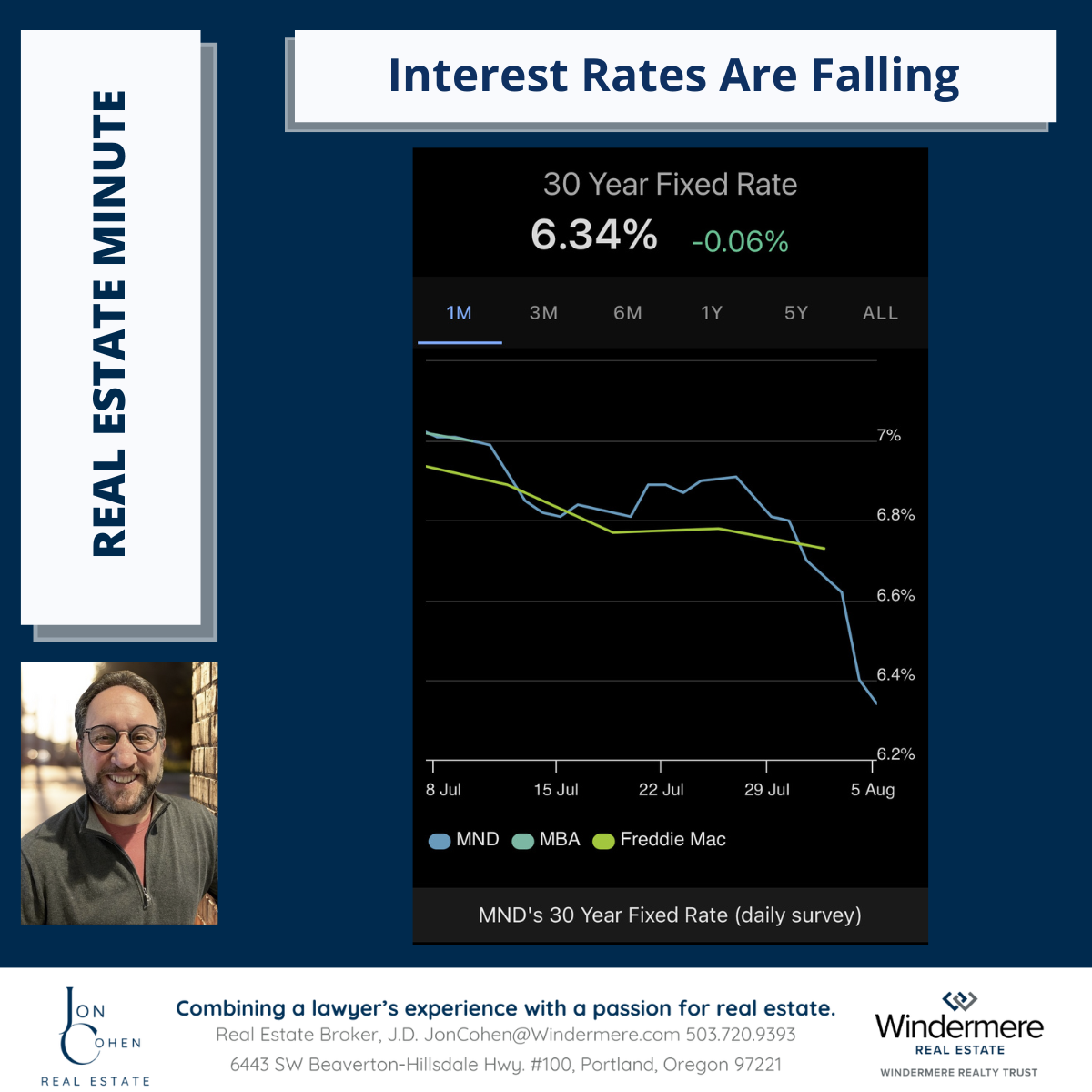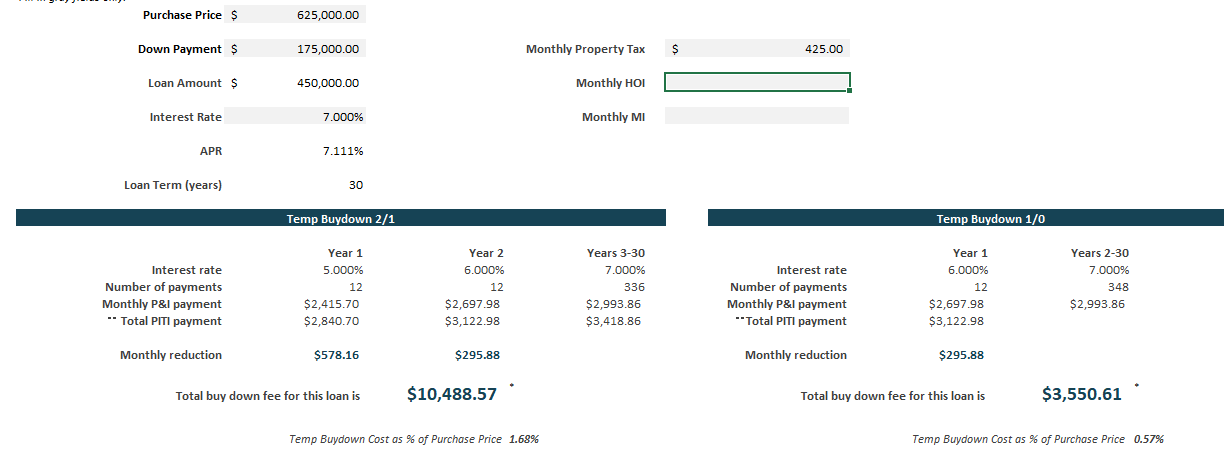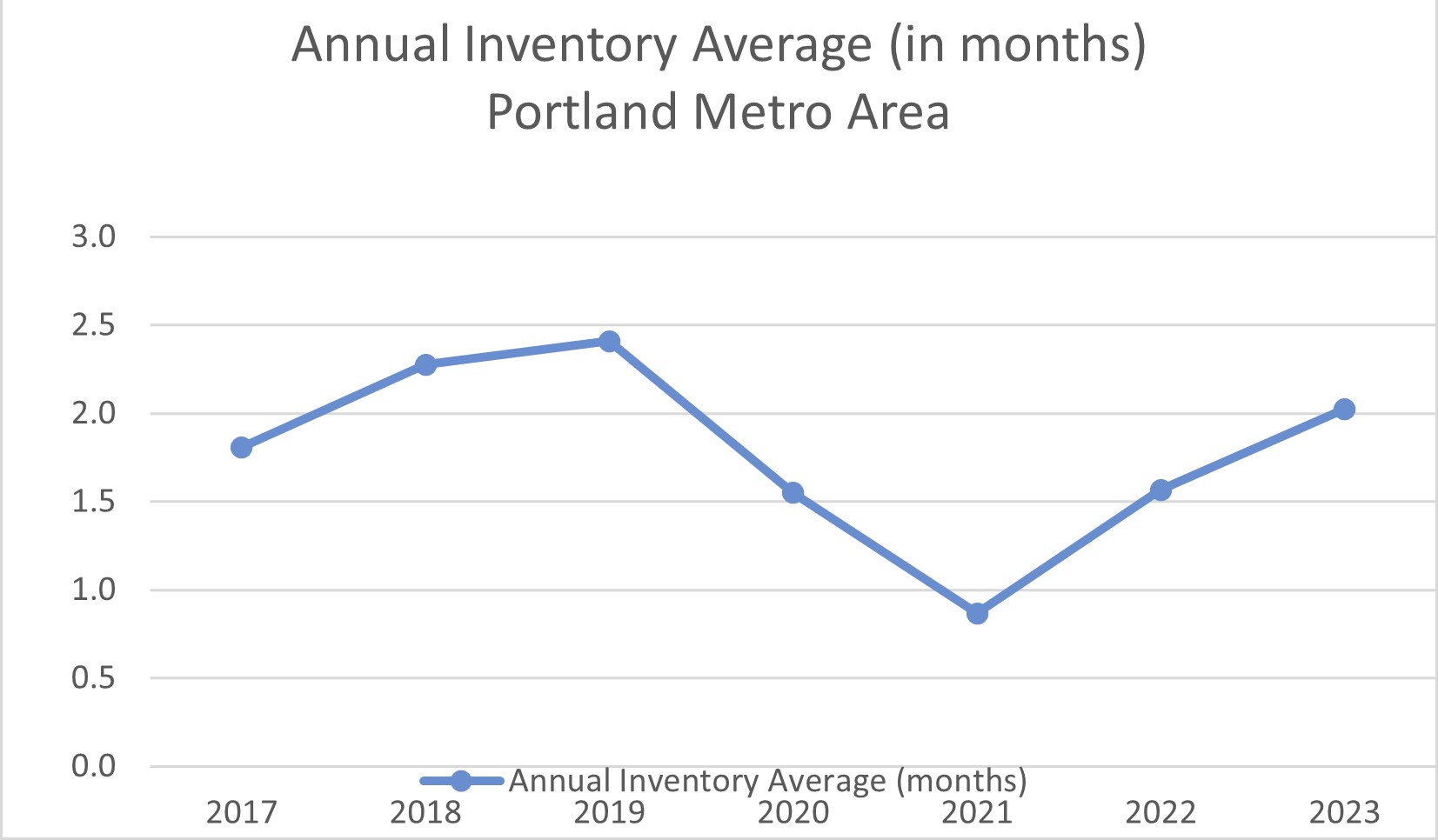Price Appreciation is Slowing, Mortgage Rates Remain Fickle
As we head into the final stretch of 2025, questions about the economy and housing market are top of mind for many. In this month’s economic update, Windermere Real Estate’s Chief Economist Jeff Tucker unpacks the latest data—from a 4% rise in unemployment claims and the impact of the recent government shutdown, to shifting inventory trends and mortgage rate fluctuations. With home price appreciation slowing to just 1.5% year-over-year and inventory growth tapering off, Jeff offers a clear-eyed look at what these numbers mean for buyers, sellers, and the broader market. Watch the full video to get grounded insights and a forward-looking perspective on what’s next.
Seller Series – Preparing Your Home For Sale in 2026 – Part 3 Staging and Photography
So, you’re thinking about selling your home in 2026. This 5-part Seller Series – Preparing Your Home For Sale in 2026 – will give you a view of the multi-faceted process of selling your home. Part 1 focused on Starting Early and Making a First Impression. Part 2 addressed living in your home while marketing your home vacant.


Remember, it’s all about first impressions.
In today’s real estate market, your home’s first showing doesn’t happen at the front door—it happens online. That means staging and photography aren’t just aesthetic choices; they’re strategic tools that can make or break a buyer’s interest before they ever step inside.
Staging is about storytelling. It’s not just arranging furniture—it’s creating a mood, a lifestyle, a sense of possibility. A well-staged living room invites conversation. A thoughtfully styled bedroom whispers rest and retreat. Even small touches—a bowl of fresh fruit, a cozy throw, a vase of flowers—can evoke warmth and aspiration. The goal is to help buyers see not just the space, but themselves in it.
Photography, meanwhile, is your home’s handshake with the world. Professional photos capture light, scale, and flow in ways that smartphone snapshots simply can’t. They highlight the home’s strengths and minimize distractions. Timing matters too—natural light can transform a room, so scheduling your shoot for mid-morning or late afternoon can make a big difference.
It’s also worth noting that staging for photography isn’t quite the same as staging for in-person showings. The camera sees differently than the human eye. What looks balanced in real life might feel cluttered in a photo. Rugs, for instance, can break up visual flow on camera, and open blinds often make a room feel brighter and more spacious.
For homes with unique layouts or out-of-town buyers, consider adding a virtual tour or a short walkthrough video. My visual package includes a 3-D walkthrough as well as a short video. These tools offer a deeper sense of the home’s flow and can help buyers connect emotionally even from afar.
Ultimately, staging and photography are about creating connection. They invite buyers to imagine their future—and that’s what sells homes.
Seller Series – Preparing Your Home For Sale in 2026 – Part 2: Occupied or Vacant?
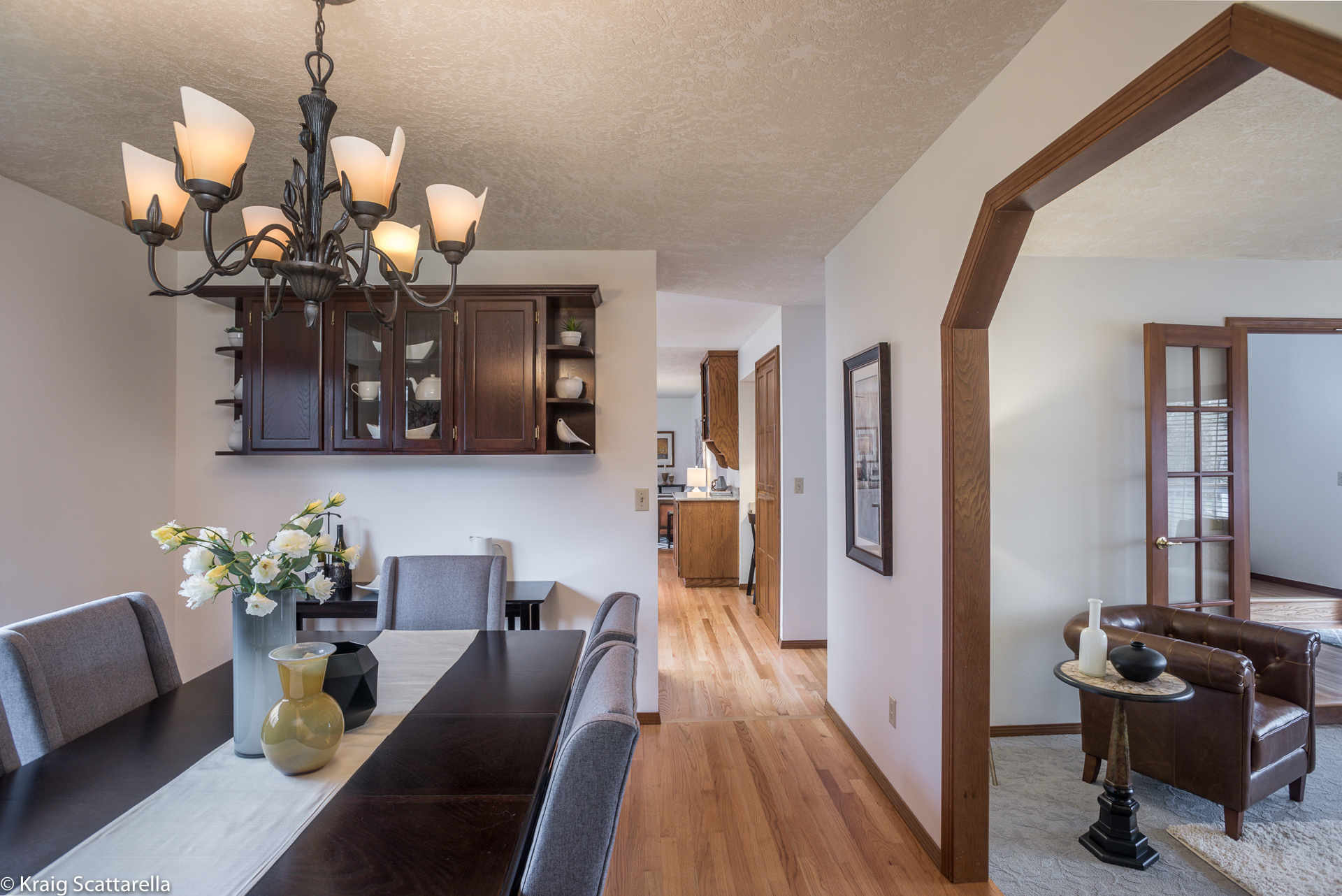
So, you’re thinking about selling your home in 2026. This 5-part Seller Series – Preparing Your Home For Sale in 2026 – will give you a view of the multi-faceted process of selling your home. Part 1 focused on Starting Early and Making a First Impression.

Now that your home is looking its best…
One of the first decisions a homeowner faces when preparing to sell is whether to list the property while still living in it or to move out and present it vacant. It’s not just a logistical choice—it can shape how buyers perceive the home, how easily it can be shown, and how much emotional bandwidth the process demands. Of course, not all sellers are in a position to move before selling their current home.
Selling an occupied home has its advantages. It can feel warm and lived-in, which helps buyers imagine themselves settling in. There’s also the financial upside: you’re not juggling two housing payments or scrambling for temporary accommodations. And from a practical standpoint, an occupied home is less likely to suffer from neglect or security issues.
But there’s a tradeoff. Living in a home that’s “on the market” can feel like living in a museum. You’ll be tidying constantly, coordinating showings around your schedule, and trying to keep personal items tucked away. For some sellers, especially families or pet owners, this can be exhausting.
Vacant homes offer a different kind of freedom. Showings are easier to schedule, and professional staging can transform the space into a buyer’s dream. Without the clutter of daily life, the home can shine in photos and walkthroughs. Yet vacant homes can also feel cold or impersonal if not thoughtfully staged. And they come with added costs—utilities, upkeep, and sometimes staging fees.
There’s no one-size-fits-all answer. Some sellers opt for a hybrid approach: they move out but leave behind a few key pieces of furniture, or they stay put but stage select rooms to highlight the home’s best features. The goal is to strike a balance between livability and marketability—making it easy for buyers to fall in love while keeping your own life manageable.
Seller Series – Preparing Your Home For Sale in 2026 – Part One: You Never Get a Second Chance to Make a First Impression


So, you’re thinking about selling your home in 2026. The best time to start preparing is right now. Properly preparing your property for sale takes time, and that time passes quickly. The phases of preparation range from decluttering your home and removing many of the clothes you don’t need from your closets, to tackling those repair issues you’ve been ignoring for years. The goal is to make your house the most attractive house on the market in your price range. This 5-part Seller Series – Preparing Your Home For Sale in 2026 – will give you a view of the multi-faceted process of selling your home.
Time is your friend
You cannot control which neighborhood houses will be on the market, or how many buyers will be actively shopping your neighborhood, when your time to list comes around. The trick is to make your house look more attractive than anything else on the market at go time. Starting early gives you plenty of time to identify the projects and find the professionals to help complete those projects. The sooner you start the process, the less stress you create as you get closer to your listing date.
Step One – Let’s Talk Preparation
As your real estate advisor, one of my jobs is to help you prepare your house for sale by identifying the projects that should be done and those that can be done if you choose, all within your budget.
“You never get a second chance to make a first impression.”
That old adage is the basis of my advice to create a great first impression for buyers when they see your home online and in person. That impression starts at the street, works its way up to the front door, and then peaks when they open the front door. Landscaping and tree trimming, pressure washing, painting, repairing front steps and porches, cleaning and staging the inside of the house.
Then we get to look under the hood. I have experienced many inspections over the years as a representative of both buyers and sellers. I know the issues that home inspectors are likely to identify, and which issues are likely to be the subject of negotiations prior to closing a sale.
The items that come up frequently are furnaces, air conditioners, water heaters and roofs. The issues that are often the most surprising are the ones you can’t see. These include: the condition of the sewer line; mold in the attic or crawl space; and crawl space issues like water intrusion, rodents, poor vapor barrier and/or insulation, and radon. Identifying and correcting these types of issues before you list your home for sale will go a long way toward avoiding a difficult post-inspection negotiation.
Let the home inspectors find little items to address, but don’t let them surprise you with major repairs or discoveries that may scare off buyers and prolong the time your house takes to sell.
As you contemplate selling your home, let’s talk about preparing your home for sale and the time it will take to do it right.
Your Home Safety Checklist
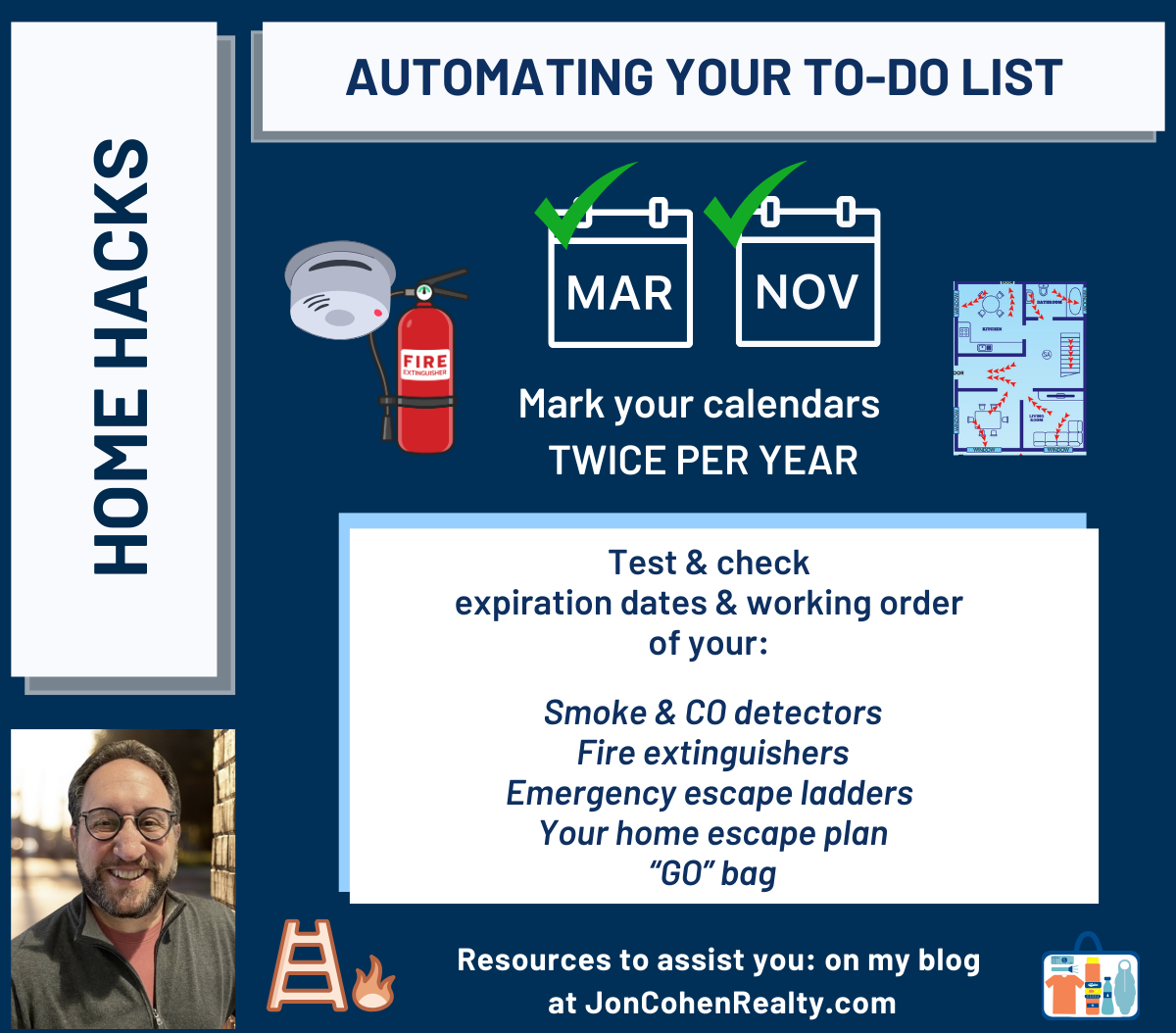
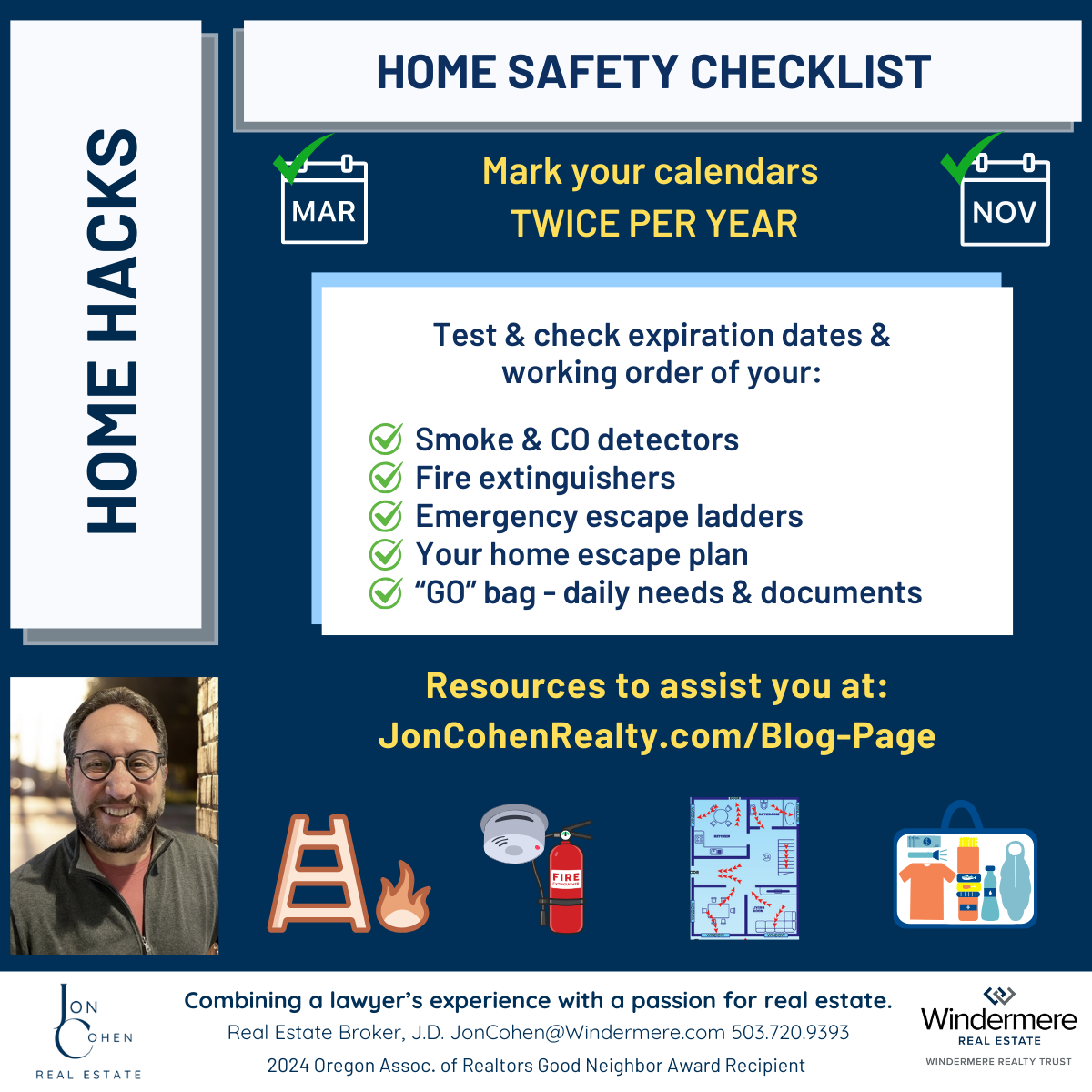
Your Ultimate Home Safety Checklist
Ensuring the safety and well-being of your family is a top priority, and taking proactive steps to prepare for emergencies can make all the difference in protecting your loved ones and your home. Here’s a home safety checklist to help ensure you’re well-prepared for any situation.
1. Check Smoke and Carbon Monoxide Detectors
Smoke and carbon monoxide detectors are your first line of defense against fire and gas emergencies.
- Test alarms regularly, at least once a month.
- Replace batteries annually or when the low-battery warning chirps.
- Ensure there’s a detector on every level of your home, including the basement.
- Replace detectors every ten years or as recommended by the manufacturer.
2. Inspect Fire Extinguishers
Fire extinguishers can help control small fires before they become big emergencies.
- Make sure extinguishers are easily accessible and not blocked by furniture or other items.
- Check the pressure gauge to ensure the extinguisher is fully charged.
- Ensure the extinguisher is not more than ten years old.
- Confirm you have the correct type of extinguisher for different areas (e.g., kitchen, garage).
3. Create or Practice Your Home Escape Plan
Having a well-practiced escape plan can save precious seconds during an emergency.
- Draw a floor plan of your home, marking all exits and escape routes.
- Designate a safe meeting place outside your home where everyone will gather.
- Ensure all family members know how to exit safely from each room, even in the dark or smoke.
- Practice your escape plan twice a year, including the placement and use of emergency escape ladders on upper floors.
4. Prepare Your “Go Bag”
A “Go Bag” ensures you have essential supplies ready to go at a moment’s notice.
- Pack a three-day supply of non-perishable food and water (one gallon per person per day).
- Include medications, personal hygiene items, and basic first-aid supplies.
- Pack important documents such as identification (ID cards, passports), insurance policies, and financial records.
- Include items like flashlights, batteries, a multi-tool, blankets, and a whistle.
5. Necessary Documents for Emergencies
Keep important documents in a safe, easily accessible location, or have electronic copies available.
- Personal identification: driver’s licenses, passports, Social Security cards.
- Property records: deeds, titles, rental agreements, mortgage documents.
- Financial records: bank account information, credit card statements, tax returns.
- Medical information: health insurance cards, medical records, prescriptions.
- Legal documents: wills, powers of attorney, birth and marriage certificates.
By taking these proactive steps, you can ensure your home is prepared for emergencies and your loved ones are safe. Remember, regular maintenance and practice are key to effective home safety. Stay vigilant and keep this checklist handy to make sure you’re always ready for the unexpected. Stay safe! 🏡🔒
Your Phone Can Save Your Life


After a recent life-threatening medical event in our family, I want to share this important information to help you be better prepared. If you, your family, or friends are unable to communicate with emergency personnel—whether unconscious or otherwise incapacitated—it can be extremely difficult for responders to understand your medical conditions, allergies, medications, and emergency contacts. This can delay critical care and hinder their ability to reach the right people who can speak on your behalf. However, if this vital information is stored and updated on your phone, first responders can access it, even if your phone is locked, allowing them to provide timely treatment and potentially save your life.
Here are instructions to add this crucial information to your iPhone or Android phone:
For an iPhone:
For an Android phone:
TIP: Set a recurring date on your calendar to review and update your Medical ID entries every quarter, as any of this information may change (especially medications), and it is critically important that medical personnel are aware of potential drug interactions.

 Facebook
Facebook
 X
X
 Pinterest
Pinterest
 Copy Link
Copy Link
